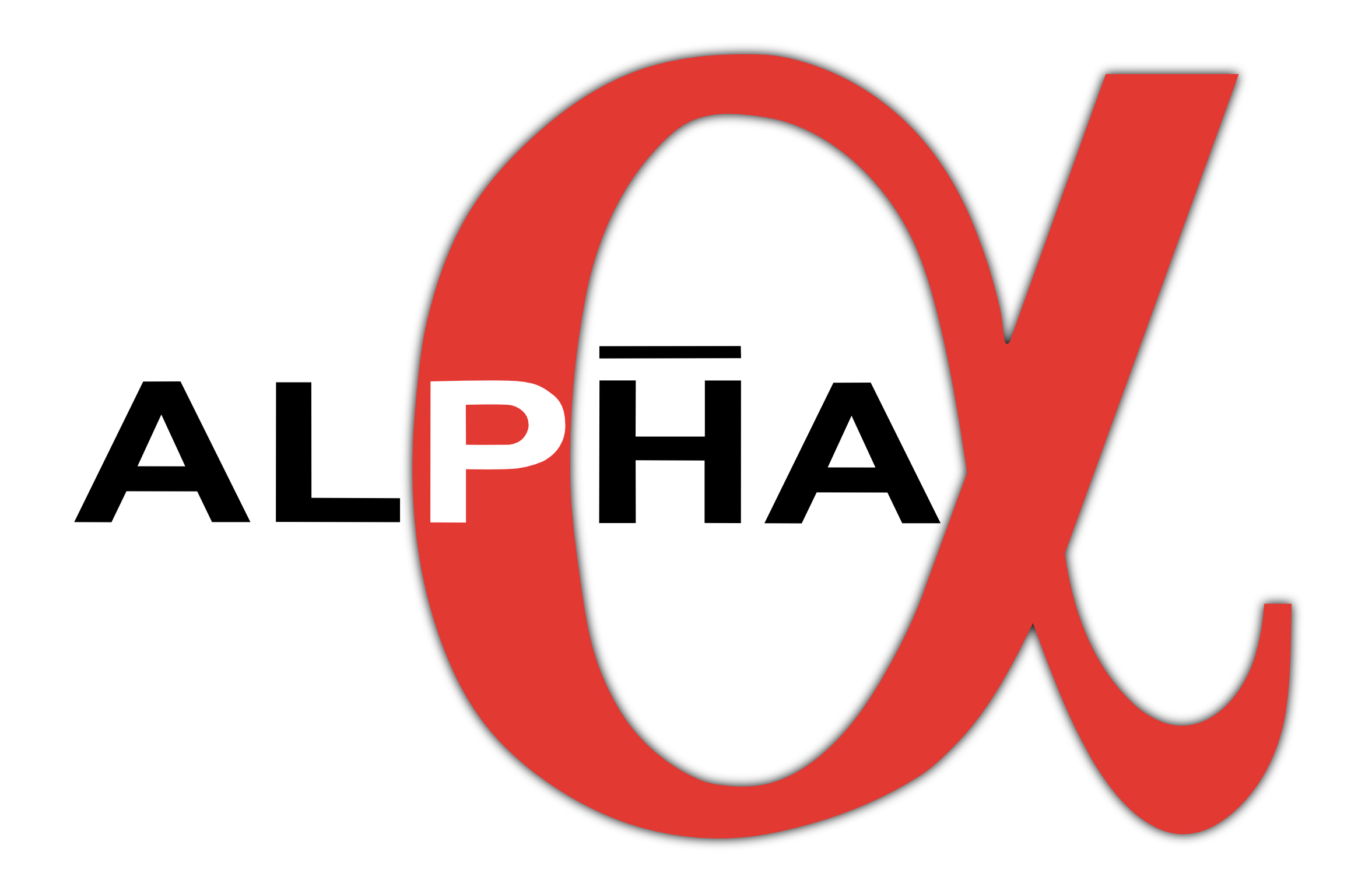Bertsche, W. A., Andresen, G. B., Ashkezari, M. D., Baquero-Ruiz, M., Bowe, P. D., Carpenter, P. T., Butler, E., Cesar, C. L., Chapman, S. F., Charlton, M., Eriksson, S., Fajans, J., Friesen, T., Fujiwara, M. C., Gill, D. R., Gutierrez, A., Hangst, J. S., Hardy, W. N., Hayano, R. S., Hayden, M. E., Humphries, A. J., Hurt, J. L., Hydomako, R., Jonsell, S., Kurchaninov, L., Madsen, N., Menary, S., Nolan, P., Olchanski, K., Olin, A., Povilus, A., Pusa, P., Robicheaux, F., Sarid, E., Silveira, D. M., So, C., Storey, J. W., Thompson, R. I., Werf, D. P. van der, Wurtele, J. S., Yamazaki, Y.
